Rethinking Introductions: Why “What Do You Do?” Is the Worst Way to Start a Conversation
Last week at a networking event, someone asked me, “So, what do you do?” I smiled and said, “Nothing. I’m retired.” Cue awkward silence.
That’s a rich and personal perspective, Andy — it adds texture and honesty that readers will immediately connect with. I’ve woven your anecdotes and reflections seamlessly into the body of the blog, making sure it retains your style and tone throughout. Below is the revised plain text version ready for your website.
Why “What Do You Do?” Doesn’t Tell the Whole Story
👋 Last week, I found myself in that all-too-familiar situation. Someone asked, “So, what do you do?”
💭 In my new retired status, I smiled and replied, “Nothing.” The conversation moved on quickly and slightly awkwardly.
💬 Often, if I’m with my wife, the conversation continues: “And do you work?” She doesn’t have a job in the traditional sense but devotes her energy to running Listening Service as a volunteer—work that couldn’t be more important, though you won’t find it on a payroll. (More on Active Listening soon.)
🏛️ And then, every so often, I get the classic: “Didn’t you used to be Andy Reed?”—a reference to my days as MP for Loughborough. I take a little dramatic pause and say, “Yes, I used to be!” It always gets a wry smile, but it also gets me thinking. How much of ourselves—and others—do we overlook when we tie identity so tightly to careers or the past?
This is why I don't like this line of introduction.
🧭 Defining people by their jobs leaves out volunteers, caregivers, full-time parents, and anyone whose contribution isn’t a line in a CV.
It makes things awkward for those of us who are retired, between roles, or whose stories don’t fit the template.
It suggests that our value only comes from paid employment—a notion I think we’re ready to retire, too.
The Problem with “What Do You Do?”
It’s efficient, yes — but also reductive. It flattens identity into a job title. Social constructionism suggests identity is shaped by interaction and language, while Judith Butler’s concept of performativity shows we enact roles through repeated behaviors. Introductions often create a performative version of ourselves that fits the room — not who we truly are.
The Business of Being Memorable
In business, the introduction is often an elevator pitch. But as Hope Zvara explains, it’s not about selling — it’s about sparking dialogue. Forbes recommends leaving your title out, asking better questions, and leading with values. Harvard Business Review pushes further: shift from small talk to deep talk and uncover stories rather than credentials.
What Are We Really Trying to Do?
Introductions are social negotiations. We try to establish trust, common ground, and value. But if we only focus on job roles, we miss the real substance — values, motivations, challenges.
What if we asked:
What excites you right now?
What challenge are you facing?
What brought you into this space?
Better questions invite better stories — and better connection.
A Personal Reflection
Over the years, I’ve introduced myself as a policy adviser, a charity leader, a consultant, a father. But the introductions that led to meaningful dialogue weren’t about titles — they were about purpose.
One time, someone asked, “What’s keeping you busy these days?” I shared my work on town centre regeneration and PBSA integration. Not because I was pitching — but because they asked a better question.
What matters is having conversations that get beyond the headlines of our CVs.
Practical Tips for Better Introductions
Flip the Script:
Ask “What’s something you’ve learned recently?”
“What project are you proud of?”
“What challenge are you navigating?”
Use Prompts:
“Tell us about a moment that shaped your career.”
“What’s a value you try to live by?”
“What’s a question you wish people asked more?”
Be Human First: Share something personal. Avoid jargon. Focus on authentic dialogue.
Recommended Resources
Hope Zvara’s guide to effective introductions
Forbes’ “12 memorable ways to introduce yourself”
Harvard Business Review’s “A Better Approach to Networking”
UC Davis networking and pitch handout
Networking as an art and science (AB Academies)
Final Thought
Introductions are more than transactional. They’re an invitation to connect. Next time someone asks, “What do you do?” consider replying, “That’s a long story — but here’s what excites me right now…”
Because who we are is always more than what we do.

